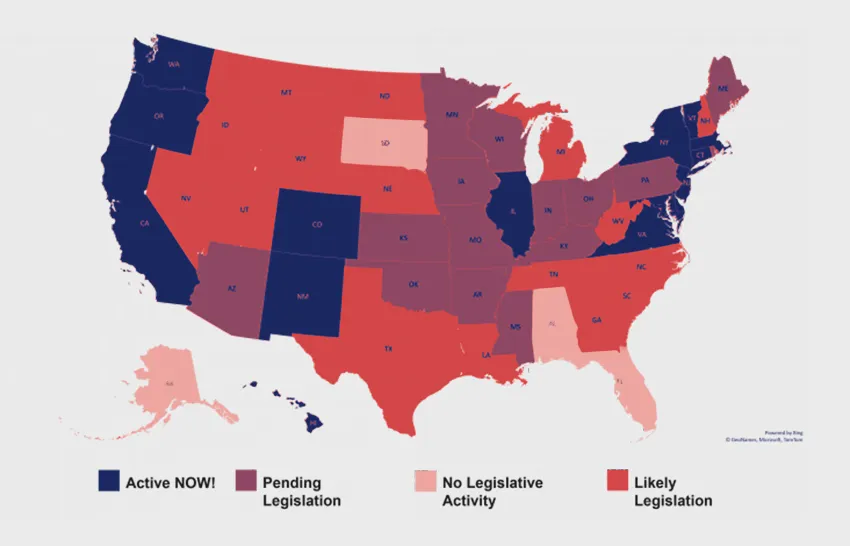Safe harbor 401(k) plans are the most popular type of 401(k) sponsored by small businesses today. A safe harbor 401(k) plan is a special kind of 401(k) plan that automatically satisfies most nondiscrimination testing. It requires the employer to make mandatory contributions to plan participants through either a safe harbor match or a safe harbor non-elective contribution. These contributions are immediately 100% vested.
By committing to one of the types of contributions, an employer is deemed to pass the Actual Deferral Percentage (ADP), Actual Contribution Percentage (ACP), and top-heavy testing, assuming a few requirements are met.
The safe harbor contribution requirement has the following options:
- Basic Match – 100% match on the first 3% of deferred compensation plus a 50% match on the next deferrals between 3-5%. An employee must defer compensation (Pre-tax or Roth deferrals) to receive this match.
- Enhanced Match – 100% match on the first 4% of deferred compensation. Again, an employee must defer compensation to receive this match.
- Safe Harbor Nonelective – A contribution of 3% (or more) of compensation is made. An employee is not required to defer compensation to receive this.
“Safe harbor 401(k) plans are the most popular type of 401(k) sponsored by small businesses today.”
Why should a business owner consider adopting the 401(k) safe harbor provision?
- Failed ADP/ACP testing. ADP and ACP tests are completed annually to make sure that the average rate of employee deferral contributions and any employer match are proportionate between Non-Highly Compensated Employees (NHCEs) and the Highly Compensated Employees (HCEs). Failed testing limits the amount of contributions owners and Highly-Compensated Employees (HCEs) may contribute each year and results in distributions of excess contributions to HCEs to make the applicable test pass. A Safe Harbor design allows for greater deferral opportunities for all Highly Compensated Employees.
- Your plan will be top-heavy. If your plan is top-heavy, you must generally contribute 3% to all non-key employees. The Safe Harbor Non-elective contribution will cost about the same. A Safe Harbor Match could possible cost less than the top-heavy minimum contribution if employees are deferring at a low rate or not at all.
- You want to offer employer contributions to help your employees save for retirement.
A Safe Harbor plan design isn’t always the right design for a small business. A Safe Harbor design will limit the flexibility of other plan options. Discussing your goals with a Third-Party Administrator will help figure out which plan is best for your business and employees.




